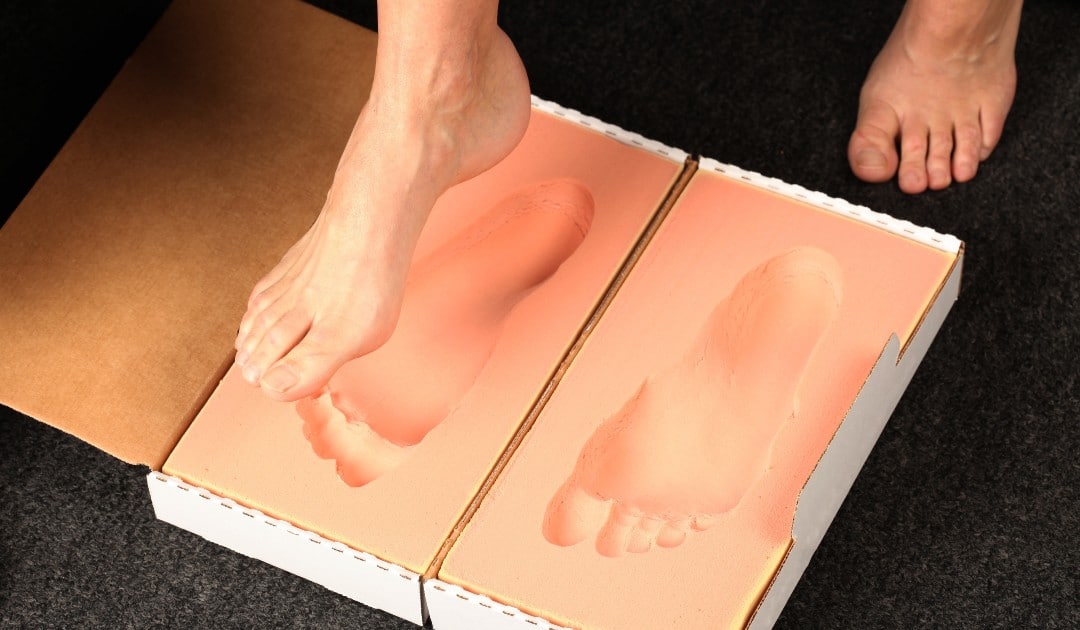Best Shoes for Plantar Fasciitis Pain – What To Look For
If you are looking for steps you can take to reduce the symptoms of plantar fasciitis and other forms of heel pain, one of the first places you should look is your shoes.
With as much time as we tend to spend in footwear each day, it is really no surprise that shoes can have an influence on the condition of our feet – for better and for worse. In some cases, making changes to your footwear can make a significant difference.
We will be discussing some qualities to look for in a shoe when you want to address symptoms of plantar fasciitis, but it’s important to make one thing clear first: simply changing your shoes might not fully eliminate your condition.
If your symptoms do disappear after some adjustments, that’s great! But don’t be surprised if the symptoms aren’t completely gone for good – and don’t be disappointed, either. Plantar fasciitis can stem from multiple different sources, and properly addressing them all is key to full relief. We are more than happy to put our expertise to work getting to the roots of your problem and treating them effectively.
That said, here are some places to start when searching for shoes that may help with your heel pain.
Good Arch Support
The plantar fascia helps form the arch of the foot as it runs from the base of the toes to the heel bone, and flexes as you move. If the arch isn’t well supported, however, this can become a prime spot for the plantar fascia to become overstressed and strained.
Good arch support will provide a firm presence along the full length of the arch, without any spots that feel too pressured.
Do not mistake cushioning for support. While cushioning is still an important factor, it is not the same as arch support.
One way to test for the firmness of the arch area is to twist the shoe. Hold a shoe upside-down with both hands, then twist the toe in one direction while you twist the heel the other. The shoe should not easily allow you to do this. The more resistance it provides, the more support there should be.
Depending on the shape of your arch, a shoe with good support may look different than one for someone else. Some cases of flat feet or high arches might be better suited for support using custom orthotic inserts.

Proper Cushioning
Yes, cushioning can be very important – especially if your feet experience consistent periods of repetitive impacts (such as during running) or you spend long amounts of time on your feet, working on hard surfaces.
Memory foam can be a good source of cushioning, as it molds itself to the shape of your foot over time. However, no matter how much cushioning a shoe may provide, do not go with it if that cushioning does not feel comfortable to you.
A Roomy Toe Box
A good shoe for plantar fasciitis should allow the toes enough room to move freely, without being cramped against each other or the insides of the shoe.
What do freely moving toes have to do with heel pain, though? Pressure and constriction in certain areas of the foot can affect the way we move while we walk (i.e. our gait). The further your gait deviates from normal, the more likely it is to negatively affect the distribution of weight across the feet, adding more stress in areas that may cause the plantar fascia to suffer.
A Sturdy Heel Counter
The heel counter, which surrounds the back of the heel, is another good tool for controlling your gait, as it helps to prevent your foot from rolling too far inward or outward while walking.
Test the firmness of a heel counter by grasping around the back of a shoe with two fingers and squeezing in. The heel should not easily collapse. The more resistance, the more supportive it is.
Overall Comfort
A shoe could have all the bells and whistles above, but will still not be a good option for you if it doesn’t fit your foot comfortably.
Remember, the less comfortable your feet are, the more likely that is to affect your gait – even in ways you might not notice. That can force weight to be distributed improperly across the foot, once again putting the plantar fascia in danger of being strained and injured.
The best shoe for your needs will never force you to sacrifice comfort!
Find the Right Route to Heel Pain Relief
Even when discussing only shoe choices, it’s clear that there can be many different ways a condition such as plantar fasciitis can develop. In many cases, more than one factor tends to be involved.
Midwest Podiatry Centers can help you get to the root(s) of your heel pain, starting with a thorough, professional evaluation. Once we understand your situation, we can then recommend forms of treatment that will best suit your needs and goals, getting you back to work and life without heel pain holding you back.
Call us at (612) 788-8778 to schedule an appointment at any of our offices in the Minneapolis region, or fill out our online contact form if you prefer reaching out to us electronically.
